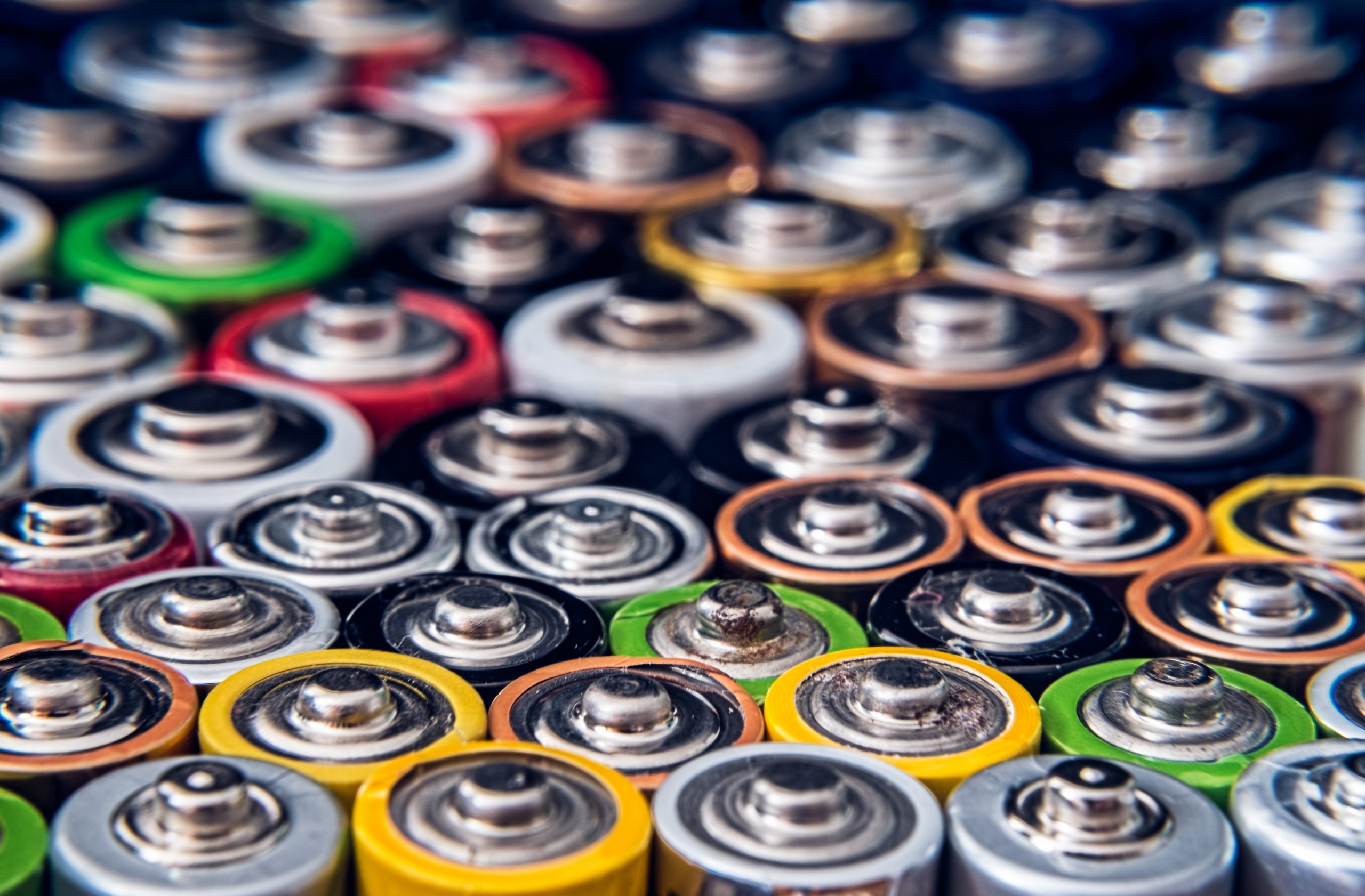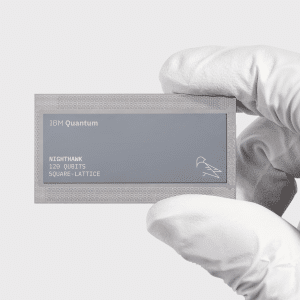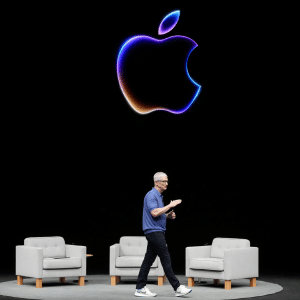Though e-waste has been a concern for a number of years, it’s only in the past decade that consumers have adopted technology in such a way that is causing catastrophic damage to our environment. According to one recent study, the average home now contains 19 devices, with IoT technologies such as smart speakers ballooning that figure.
Data out of Europe suggests just 40% of e-waste in the European Union is recycled, with practices varying depending on the territory. In Croatia, for example, 81% of all tech is recycled, whereas, in Malta, it’s just 21%. The data is even more concerning in the United States. Although the US produces more than 6 million tons of the world’s electronic waste every year, less than 20% of it is recycled, with the vast majority headed to landfills. What is particularly shocking is that a great deal of “technology recycling” involves companies shipping their e-waste to other countries, with usable parts then repurposed and extracted and the rest thrown away. The process in itself causes great harm to the planet; in some nations, for example, gold is recovered by placing circuit boards in hydrochloric acid, which can poison local waterways and affecting the health of citizens in some of the world’s poorest countries.
According to a report from MarketWatch, consumers replace their mobiles every 15 months, and with new technologies such as 5G coming to the fore, that timespan could be shortened further. Worldwide, close to 50 million tons of electric waste was generated last year, which highlights the growing importance of recycling and repurposing technology and the precious materials used in their creation. The United Nations suggests that less than 20% of e-waste is recycled, which could mean we’d see 120 million tons of electronic scrap by 2050. Not only is this bad for our wildlife, but it can present a real danger to human life, too. Indeed, some of the most common substances found in technology products include lead, antimony, and nickel, which are toxic elements that can pollute our rivers, lakes, and seas, releasing gases into the atmosphere that can harm our ecosystems. And let’s face it: there are only so many precious metals left – once they run out, we’ll be forced to recycle in order to innovate.

Politicians and environmentalists are increasingly calling for “responsible consumption” – encouraging consumers to hold onto their devices for longer and choose products that come from sustainable sources. Perhaps one of the easiest ways to reduce e-waste is to avoid replacing products so regularly. For example, do you need a new iPhone every 12 months, or can you make your new iPhone 12 last until the iPhone 15 release? Is it possible to make do with one HomePod in your living room, or do you really need one in every room of your home? As a consumer, challenging the norms and ignoring marketing strategies that push for constant upgrades will go a long way not only to help you reduce your carbon footprint and protect the environment but also save you some serious money. Reusing technology is also vitally important, passing down old smartphones, fridges, and televisions to friends and family, or those less fortunate via donations to charities. Recycling is the final option when your technology simply doesn’t work – if it’s not possible or too expensive to repair it, handing in your old devices to the manufacturer or dedicated recycling company is recommended.
And for businesses, there are benefits to recycling, too. Companies including Apple and Samsung are increasingly pushing their Trade-In offers, encouraging consumers to hand in their old smartphones and technology products when they’re buying a new device. Not only does it serve as a good PR exercise and help companies offer discounts on new products, but it can aid in their production of new devices, too. According to a study in Environmental Science & Technology, it’s around 13 times more expensive to extract materials from natural deposits than it is to recover them from technological waste. “Circular economies” are being formed in many industries, with companies able to create the latest, greatest devices without having to depend on virgin resources, saving them money and reducing their overall impact. Indeed, a report from the International Telecommunication Union suggests that recycling old technology could generate $62.5 billion in annual opportunities, creating millions of jobs, under a ‘take, make and dispose’ model that could represent the future.
Are you working hard to reduce your own e-waste? Let us know and check back soon.













